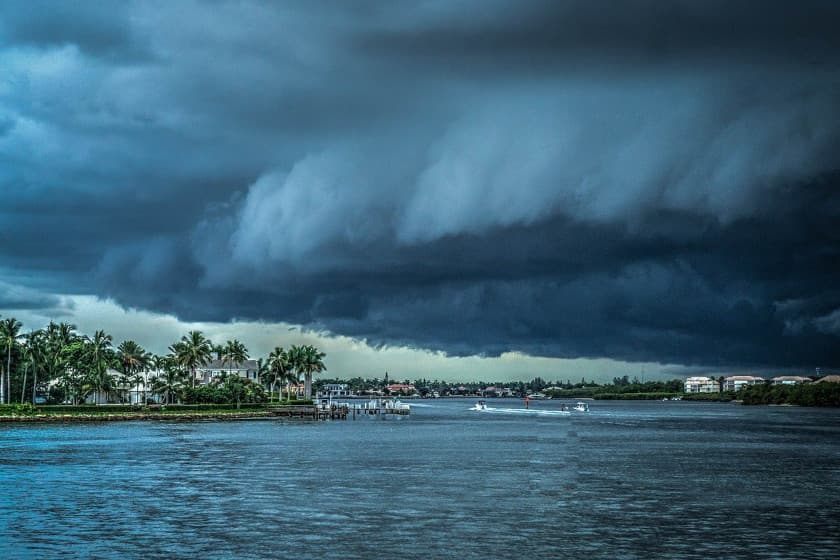5 Ways Mobile Forms Can Help During Natural Disasters

When a natural disaster like a hurricane or tornado hits in your area, the recovery process can be extensive. Between downed trees and utility poles, flooded roads and a loss of power, it’s a challenge to get business operations back to normal.
Not only do you need to worry about a recovery plan after a natural disaster, but also protecting your data in the event your office is damaged. The last thing you need is records and paperwork being destroyed by water or fire.
When you’re working on determining what repairs need to be made after a natural disaster, mobile forms can help you to evaluate situations, conduct site assessments to determine the extent of damage, and complete customer repairs more quickly.
1. No Signal Required
Creating a response plan after a natural disaster is an important first step to getting operations back to normal. Depending on the strength of a storm you may be dealing with damaged utility towers. Having a solution that works without an Internet or cell connection is crucial.
Mobile forms are fully functional offline so even if cell towers or power lines have been impacted, you can still complete data collection and site assessments to formulate your best action plan.
Collecting data while your team is onsite means you’re more likely to get all of the information you need. You can use required fields to make sure no information is missed, saving you from returning again, which is important when working under time restraints and with limited resources after a natural disaster.
2. Get Real-Time Data
Mobile forms are delivered in real-time, so once forms are submitted the data will be immediately available. Employees don’t need to worry about finding a computer to send in an email, or calling in with a report, which results in getting data 3-5 times faster.
Being able to collect and access data in real-time means that workflows and processes can move forward and aren’t restricted to when paperwork is delivered to the office from off-site.
Managers receive reports in real-time when using mobile forms after a natural disaster, and can understand the scope of all damage at each location. Recovery efforts can then be scheduled and other data-backed decisions can be made to get things back up and running as quickly as possible.
3. Collect Rich Data
When you’re evaluating storm damage or making a plan for repairs, you need to have all of the information. Mobile forms allow you to collect signatures, multiple photos, and even sketch notes and add context to photos to further illustrate what’s going on.
Mobile forms also make it easy to send an invoice or summary report when completing post-disaster maintenance or repairs for a customer. A customized PDF can be delivered to their email address or a manager’s right after the work is completed.
This gives managers a clearer picture of where things stand so they can make better decisions, allowing for a more efficient strategy to make repairs and keep the recovery process moving forward.
4. GPS Locations
The ability to geo-tag forms lets managers know exactly which site has been affected after a natural disaster in real-time. This makes it easier to create a plan and keep track of where people were working during the day.
Managers don’t need to wait for reports to be turned in at the end of the day or week before they can start to plan. And after a natural disaster, the faster you can be back up and running the better.
GPS data will show you where a form was submitted, so you can verify that the form was completed on site, not at a later time, which can improve worker accountability.
5. Improve Data Quality
After a major incident, you’re likely not operating as you usually would. That makes it even more important to get reliable, accurate data from the field. There’s no time to waste on paperwork being delivered to the wrong person or being incomplete, and then needing to be manually processed.
Inspection forms and reports can be completed on a smartphone at the jobsite and sent to the office in the format that works for you.
Using mobile forms also keep all of the data you collect accessible and organized. If you need to file an insurance claim for damage you’ll want to have all of the information you collected from the initial site visit, including photos.
Returning to normal business operations after a natural disaster takes time, but by using mobile forms you can be back on track faster.
Make mobile forms part of your recovery plan. Get started with a free trial.